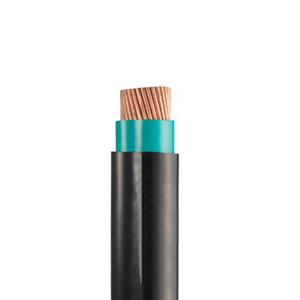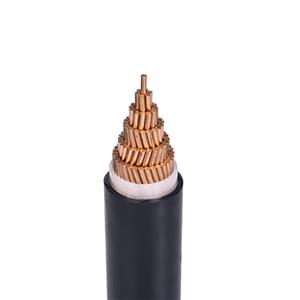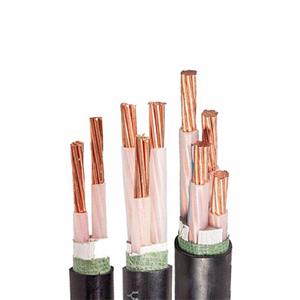From underground to high-altitude,why can armored cables withstand harsh environments?
In modern life, electricity acts as an invisible bond, tightly connecting our world. Whether in the skyscrapers of bustling cities, the base stations in remote mountain areas, or the exploration equipment in the deep sea, stable power transmission is crucial. Within this vast power transmission network, there is a type of cable that can be considered a "superhero"—the armored cable. From the dark and damp underground to the complex environments of high altitudes, it can handle anything with ease. What gives it such powerful adaptability? Today, let's unveil the mystery of armored cables.
Armored cables, as the name suggests, are different from ordinary cables, like wearing a sturdy "armor." This "armor," or armor layer, is usually made of metal materials such as steel strips and wires. As the core protective structure of armored cables, the armor layer plays an irreplaceable role. When laid underground, it effectively resists soil compression, rock impacts, and accidental excavation damage during construction, acting like a protective umbrella for the cable, allowing it to operate safely in complex underground environments. Moreover, the armor layer also prevents rodents from gnawing on it. When cables need to be laid vertically, steel wire armored cables can easily withstand their own weight and the pulling force of lifting equipment due to their strong tensile strength, ensuring stable operation of the cable. In addition to mechanical protection, the armor layer can also shield against external electromagnetic interference to a certain extent, which is crucial for communication cables and control cables that have extremely high requirements for signal transmission stability.
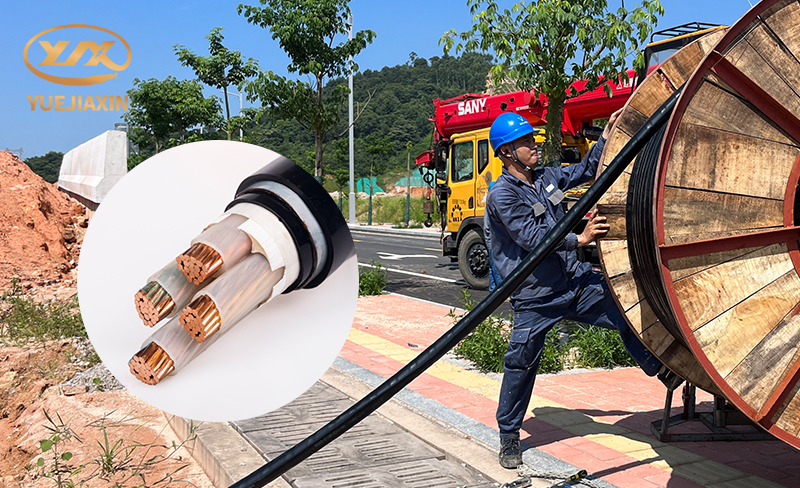
The armor layer of an armored cable is like a "treasure chest," containing various materials of armor to adapt to different environmental requirements. Different armor materials have their own unique characteristics, determining their applicability in different scenarios. Steel tape armor is one of the most common types. Steel tape has high strength and hardness, effectively resisting soil compression and rock impacts. When laid underground, it provides excellent radial protection for the cable, ensuring it continues to function normally under heavy pressure. Moreover, steel tape armor is relatively inexpensive and offers excellent cost-effectiveness, which is one reason for its widespread use in underground power transmission and communication. In urban underground utility tunnels, a large number of steel tape armored cables are used for power and communication lines, operating stably and ensuring the normal operation of the city. Steel wire armor, on the other hand, is like a powerful "Hercules," particularly suitable for environments requiring high tensile strength. The high tensile strength of steel wire easily withstands the cable's own weight as well as dynamic tension generated by wind swaying and vibration. In areas such as bridges and mountains where long-distance overhead cable laying is required, steel wire armored cables have become the preferred choice. In power transmission lines in mountainous areas, long cables are often needed for overhead laying to cross valleys and peaks. In this case, steel wire armored cables can ensure stable operation of the cables in complex natural environments due to their strong tensile strength.
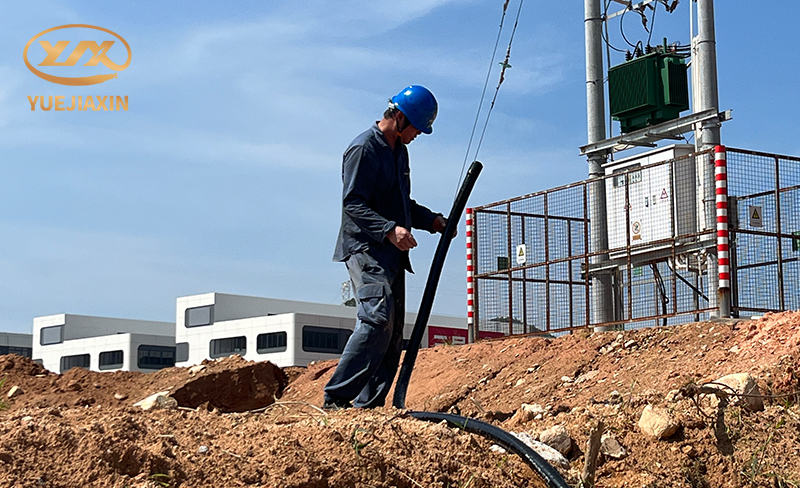
Armored cables, a reliable helper in the field of power transmission, silently protect our power and signal transmission networks from the darkness of underground to the vast skies, thanks to their strong adaptability. Their existence makes our lives more convenient and stable; whether it's the bustling lights of the city or the uninterrupted communication in remote areas, everything relies on their protection.

